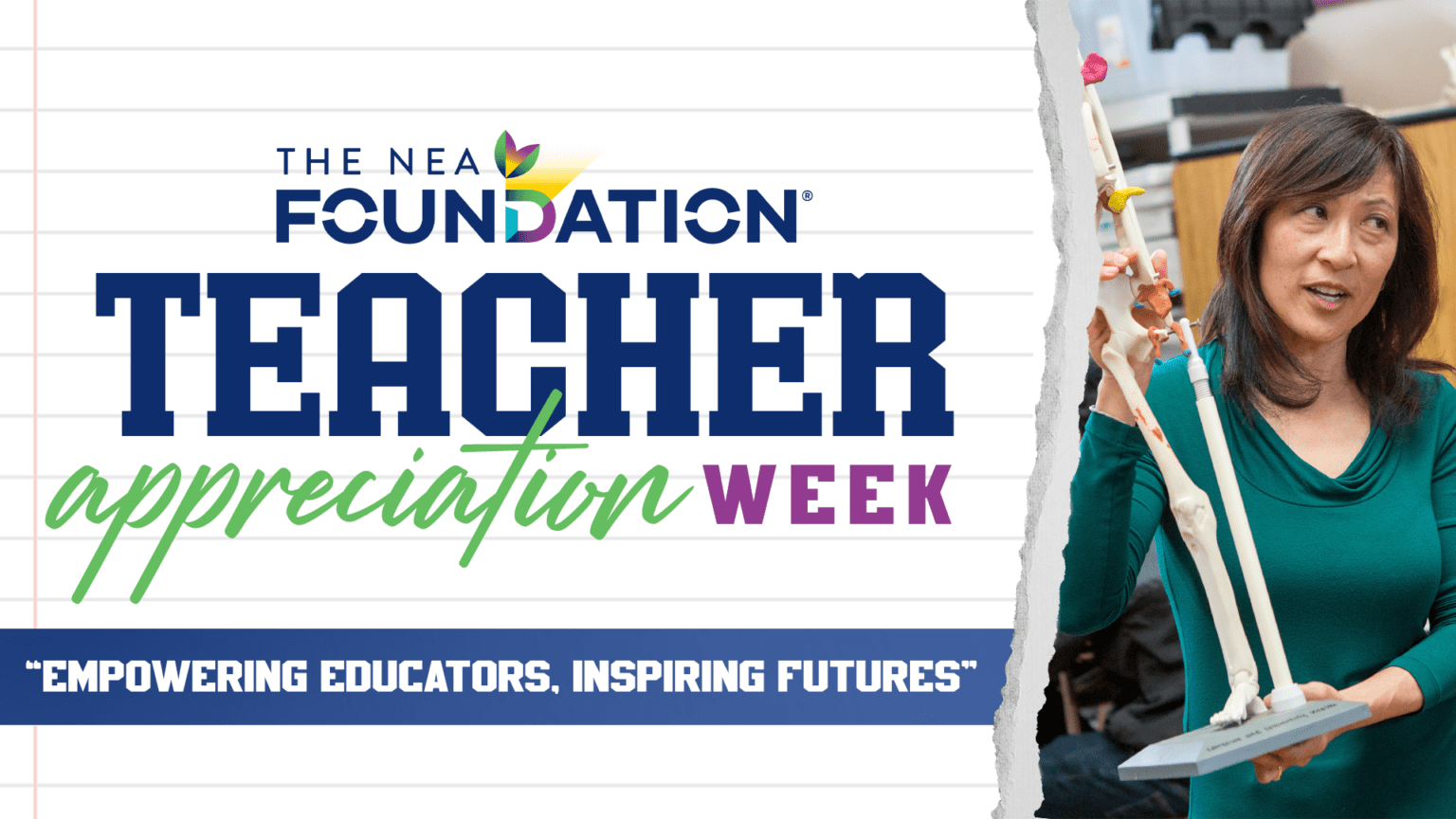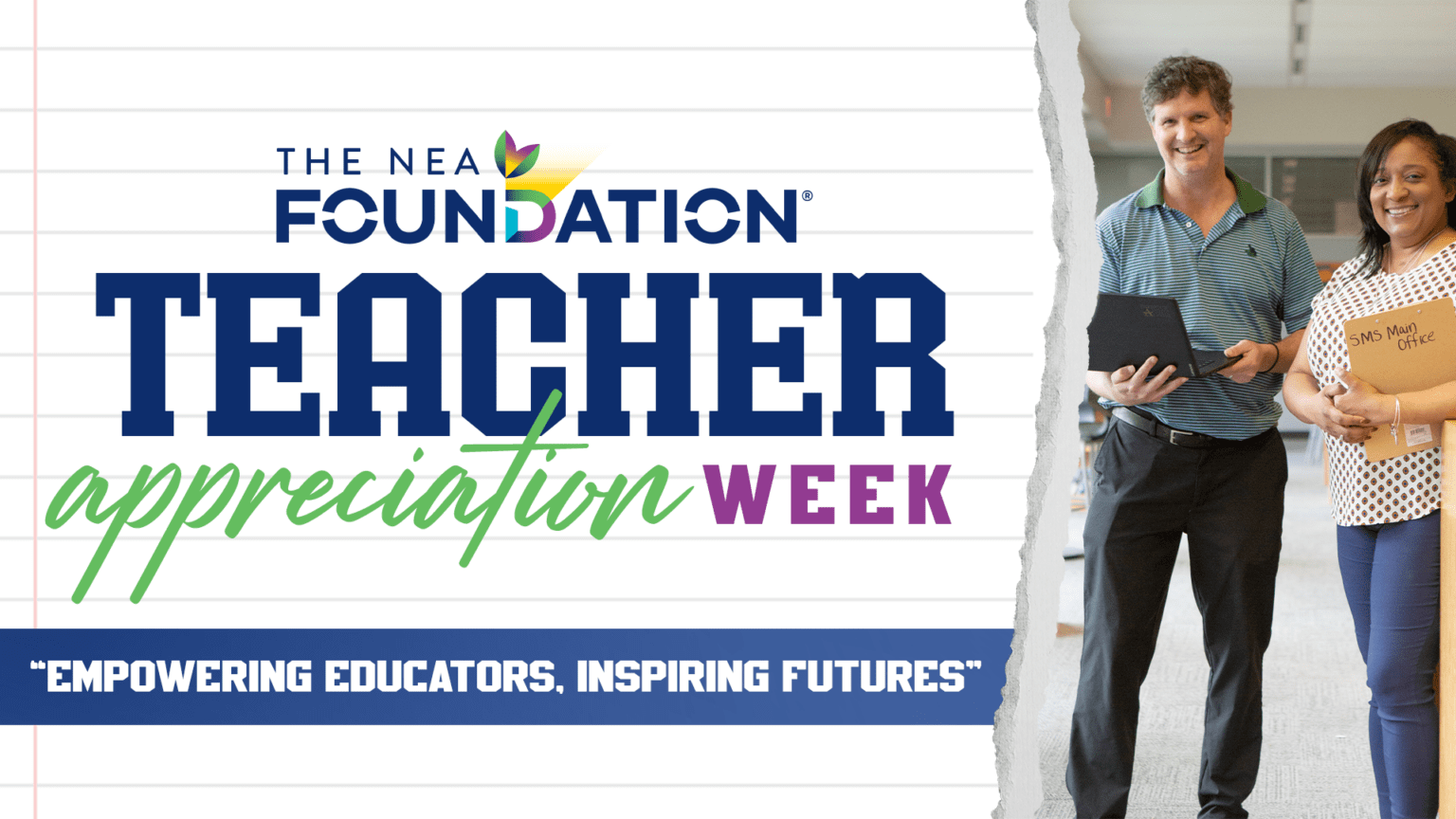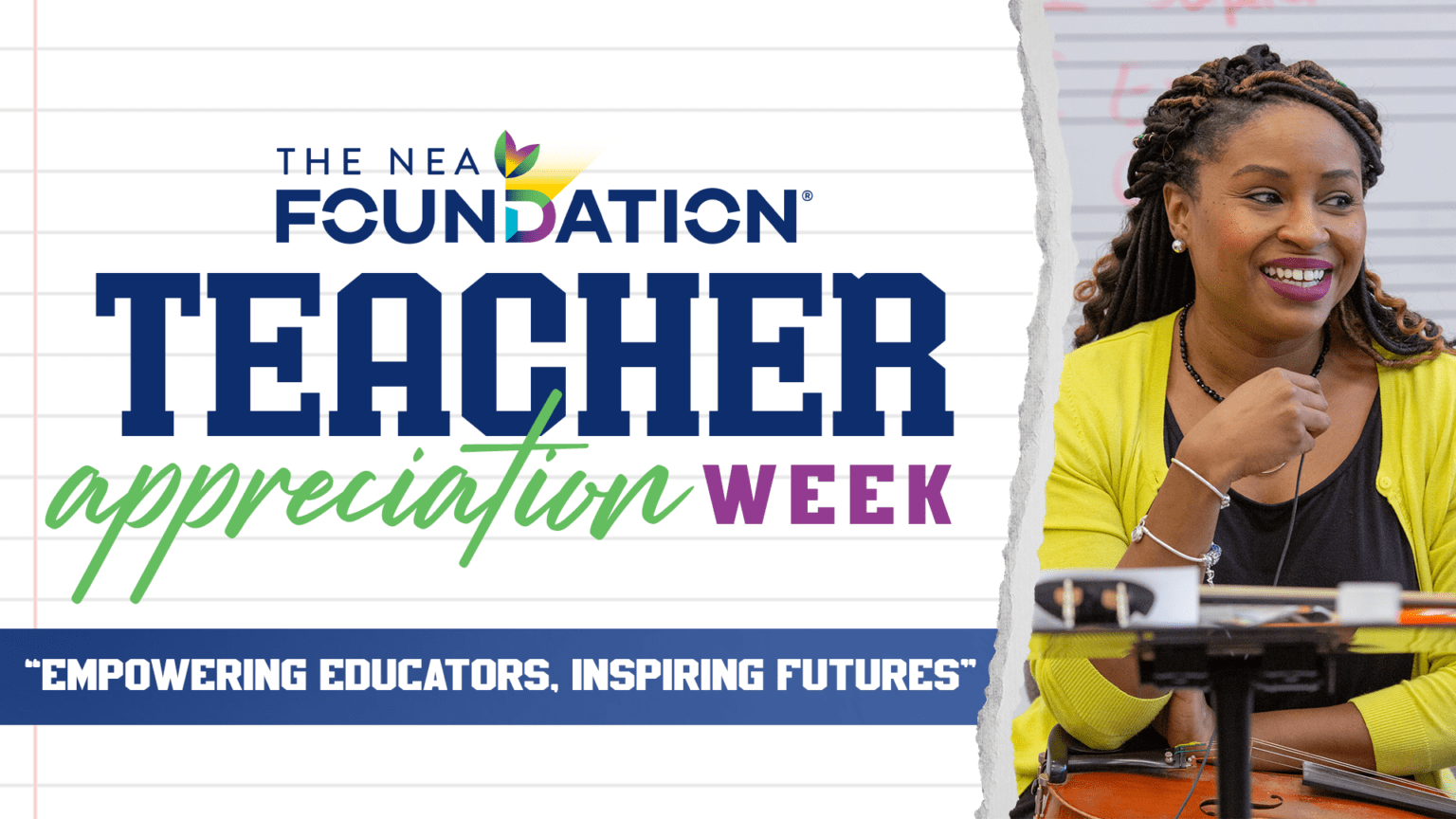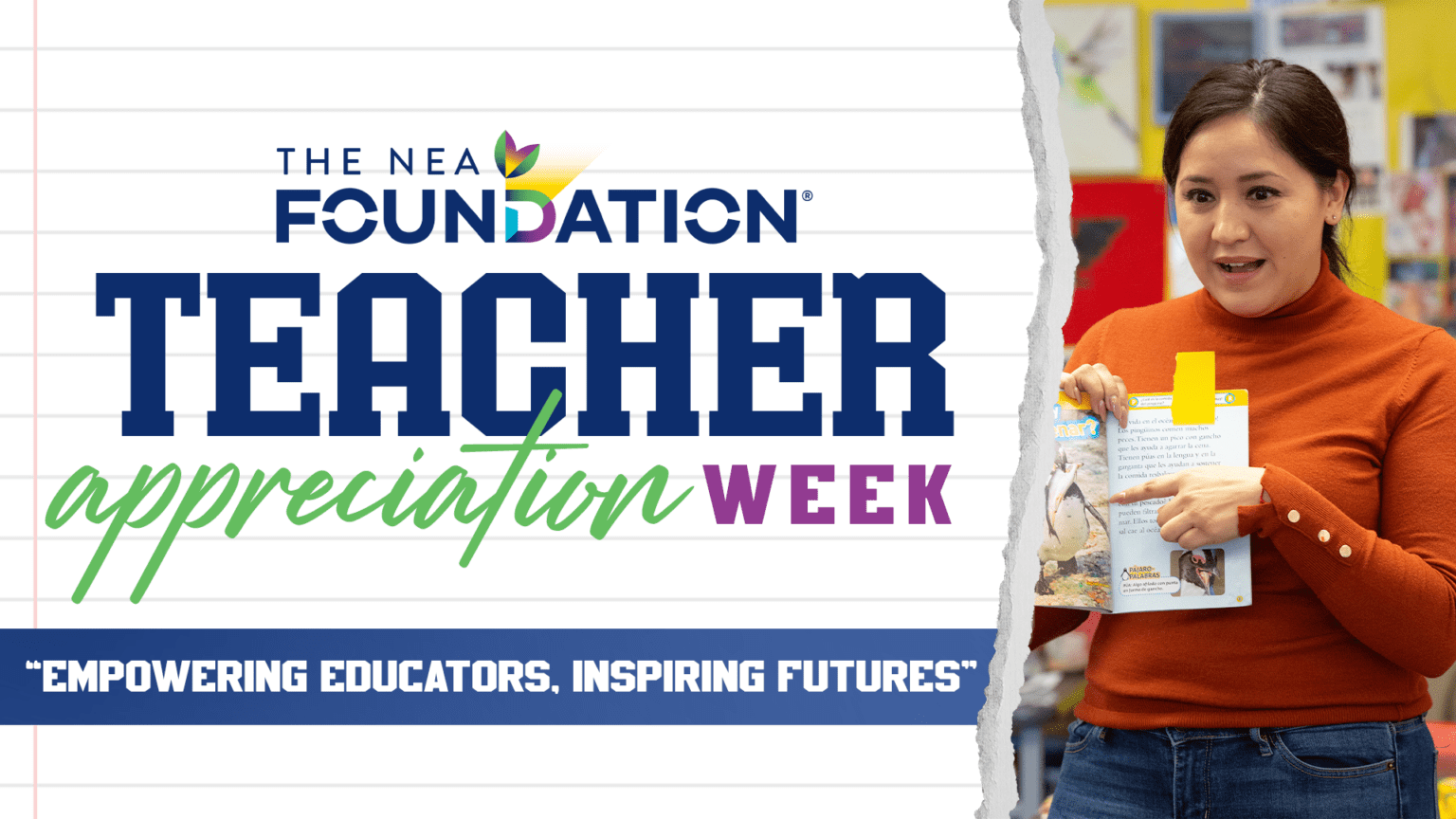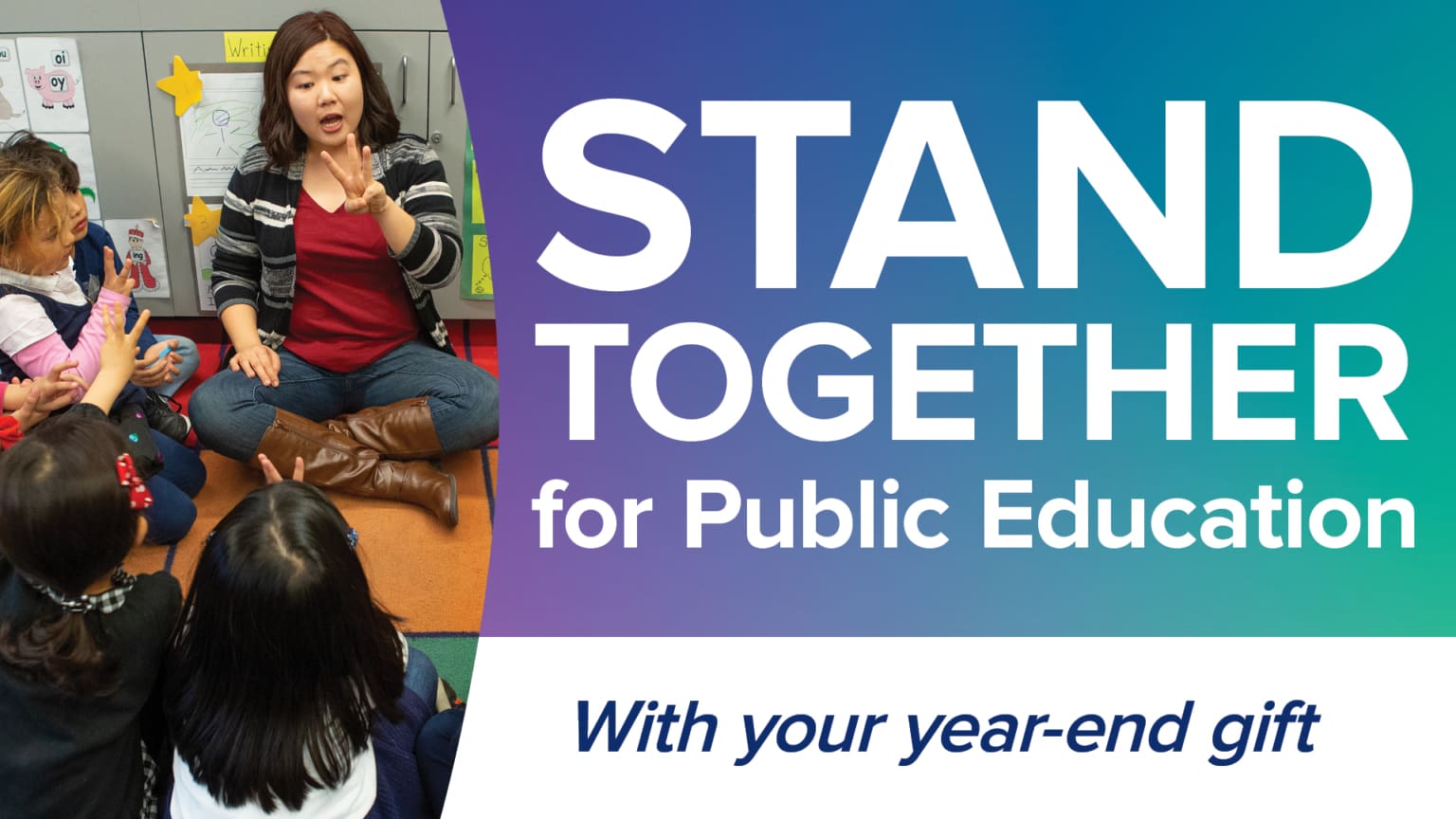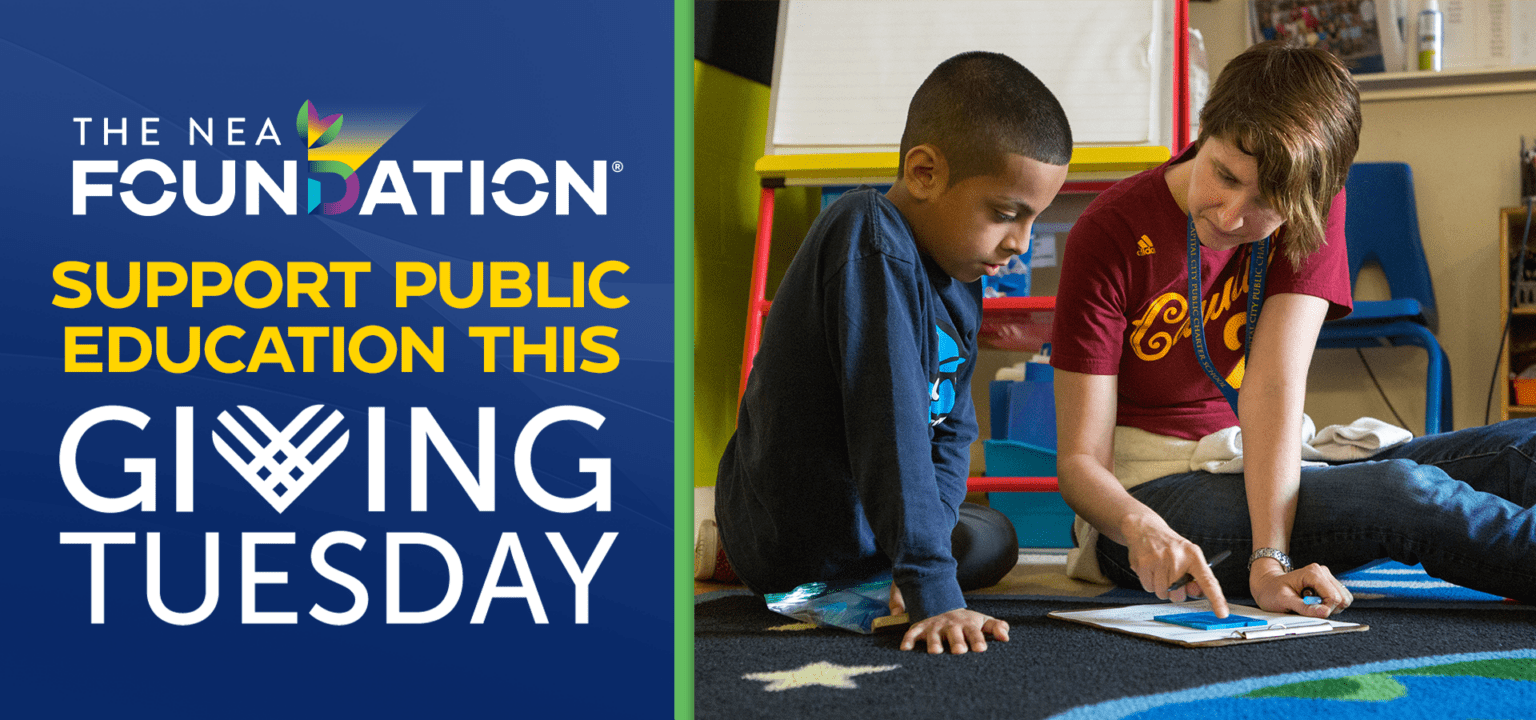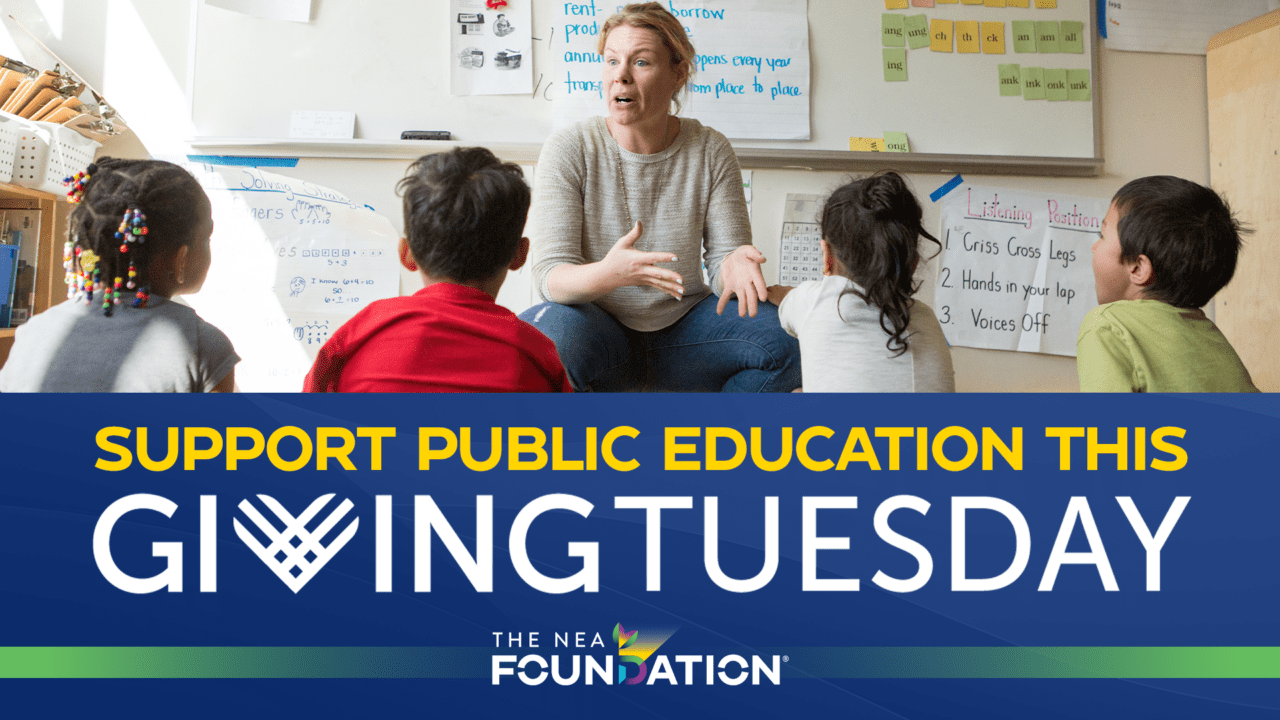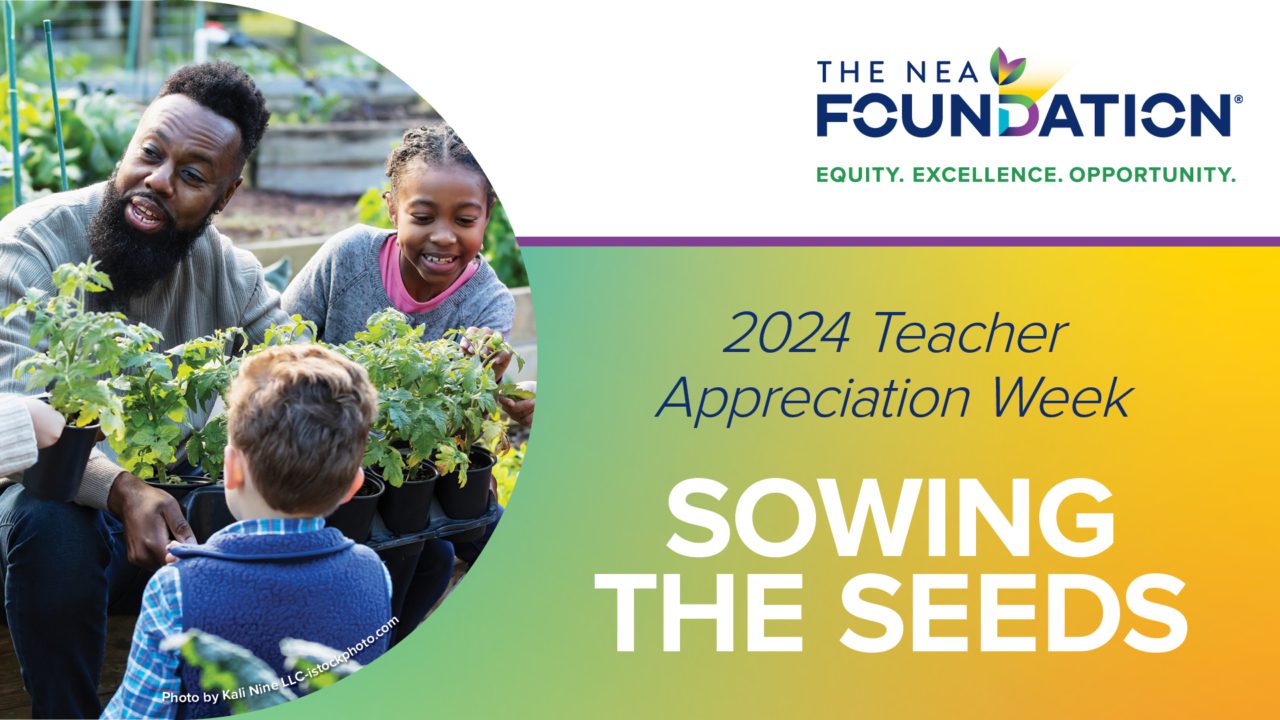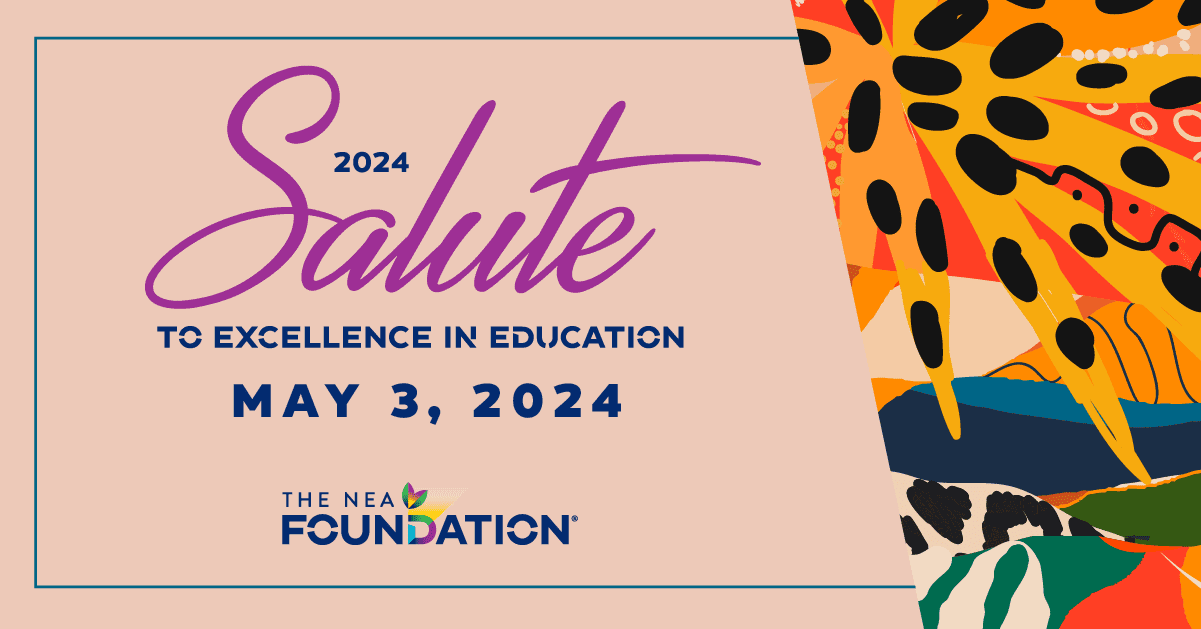By Harriet Sanford
President & CEO, The NEA Foundation
Last month, we brought together an amazing group of individuals, the leaders of our Closing the Achievement Gaps Initiative sites. At our annual convening, teams of local union leaders, educators, and superintendents spent several days studying successful reform models co-constructed by districts and unions, identifying practical applications to improve student performance, and determining how to use this knowledge in their own communities.
Without any media fanfare or slick marketing campaigns, these teams are doing the serious work to close the achievements gaps in their communities. While each team’s five-year, NEA Foundation-funded plan uniquely reflects the challenges in their community, there are three fundamental elements: collaboration, a focus on improving teaching and learning, and family and community engagement.
The undervalued importance of collaboration is what spoke to me most poignantly during a presentation by a team of district and union leaders from Montgomery County Public Schools (Maryland). This group of individuals has been lauded for their decade-long successful effort to close the achievement gaps through a model rooted in collaboration. As MCPS superintendent, Jerry Weast said, “If your reform depends on a hero or shero, you’re in trouble.”
This panel spoke to the audience about how, through a difficult and sometimes tension-filled process, they crafted new bargaining agreements, developed professional development systems, and upgraded their standards for student success.
It wasn’t flashy. It isn’t a story of good guys vs. bad guys. It is a story of how these leaders decided that only “together” could they improve student achievement.
And this is the approach we take with our partners in the Closing the Achievement Gaps sites. These sites, like Montgomery County, are and will become models for improving teacher quality, building collaboration, and closing achievement gaps.
As Montgomery County proves, this work isn’t easy. The changes won’t happen overnight. But, we are committed to and passionate about the success of this approach.

